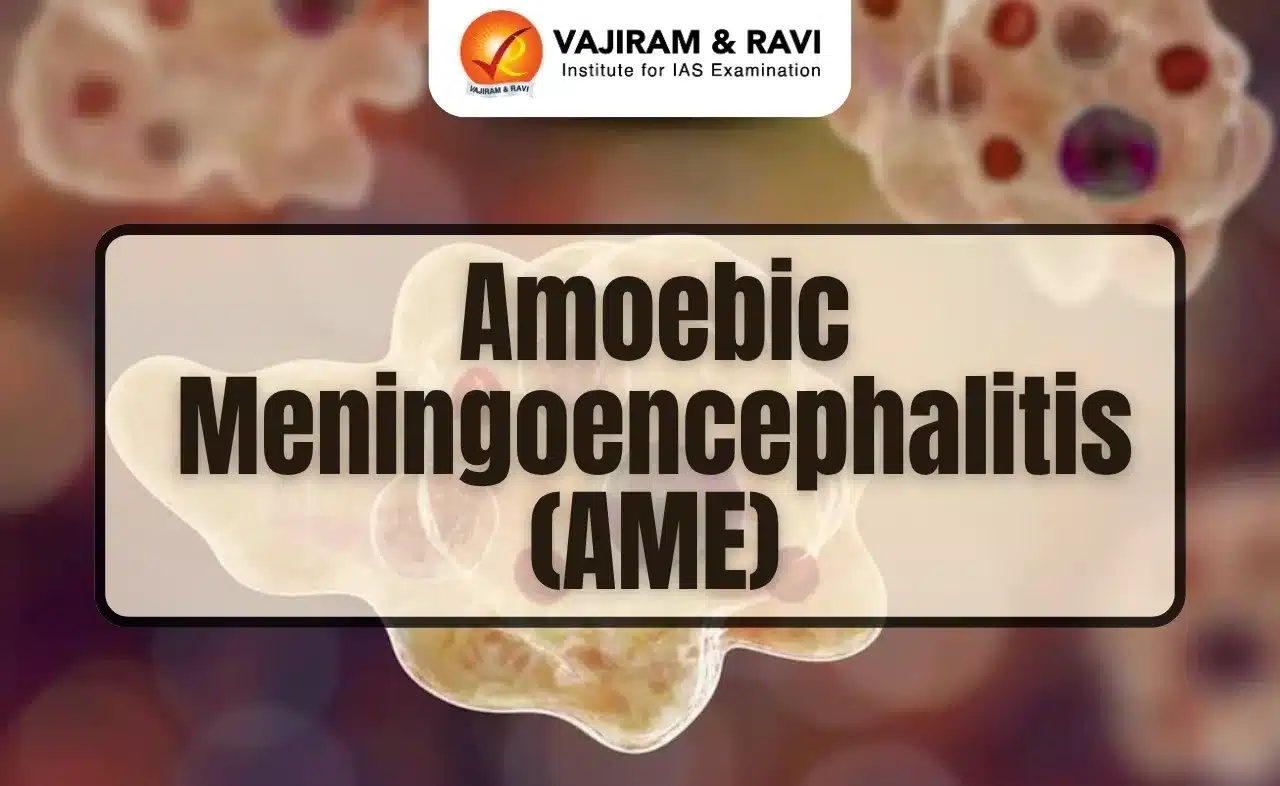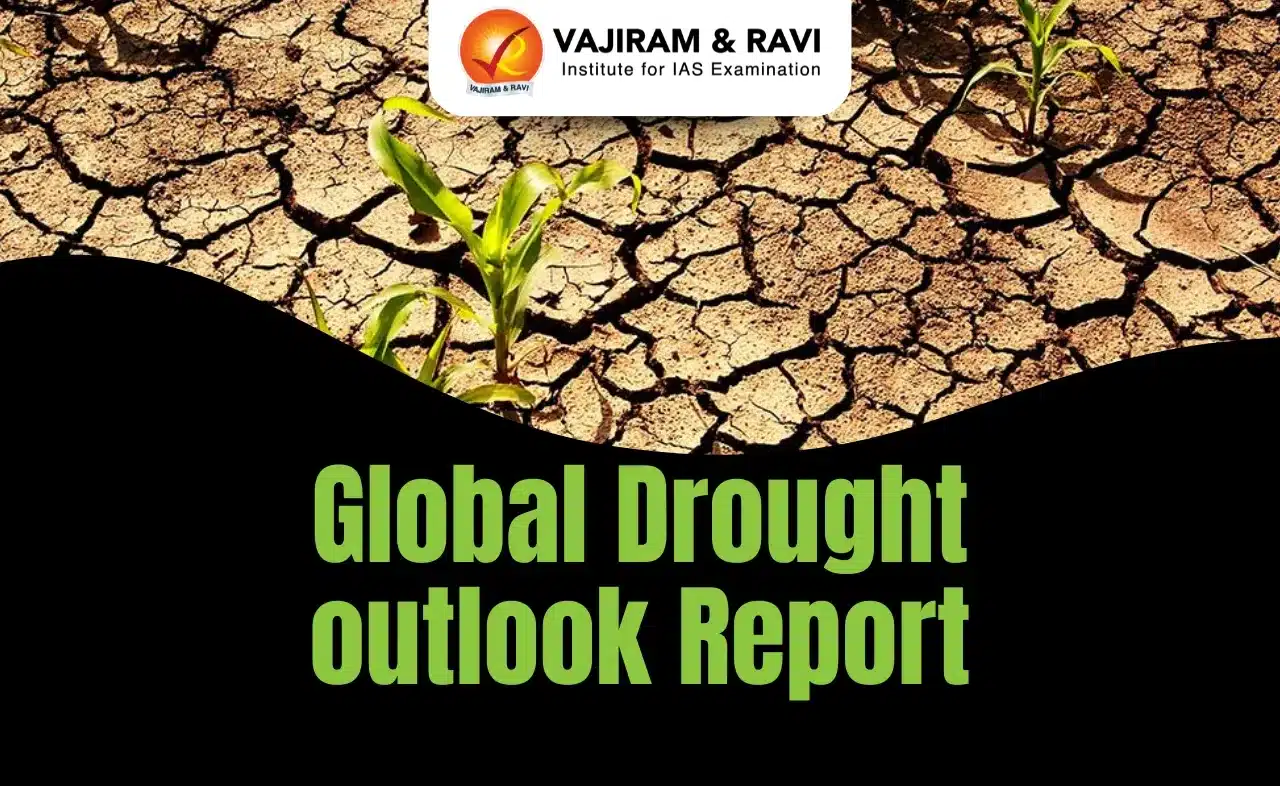Amoebic Meningoencephalitis Latest News
The Kerala State Public Health Laboratory, one of the apex referral laboratories in Kerala, recently developed its own molecular diagnostic test kits to identify five common species of free-living amoeba (FLA) which are toxic to humans and which can cause amoebic meningoencephalitis.
About Amoebic Meningoencephalitis
- It is an infection of the brain and the membranes covering the brain (which are called the meninges).
- It is caused by free-living amoebae (a microscopic single-celled organism) found in water.
- This is a very rare, but serious disease with a mortality rate of more than 95%.
- It affects mainly young, active people.
- It is classified into two main types: Primary Amebic Meningoencephalitis (PAM) and Granulomatous Amebic Encephalitis (GAE).
- PAM is caused by Naegleria fowleri, while GAE is typically associated with Acanthamoeba species and Balamuthia mandrillaris.
- PAM tends to progress rapidly and is often fatal within a few days, whereas GAE develops more slowly but is equally deadly if not treated promptly.
Amoebic Meningoencephalitis Transmission
- The amoeba that causes the infection occurs in shallow surface waters and incorrectly maintained swimming pools, hot tubs, and spas, particularly in warm climates.
- Swimming in salt water has not been associated with this disease.
- Infection occurs when infected water enters the nose. This can happen when diving, jumping, or swimming in freshwater.
- The amoeba then invades the brain and meninges through the nose.
Amoebic Meningoencephalitis Symptoms
- sore throat
- headache and pain in the forehead
- hallucinations (sensory experiences that are created in the mind)
- confusion
- nausea and vomiting
- high fever
- neck stiffness and pain
- disturbances of taste and smell
- seizures (fits)
Amoebic Meningoencephalitis Treatment
Swift diagnosis and treatment with specific antibiotics may be useful, but recovery is rare.
Amoebic Meningoencephalitis FAQs
Q1. What is Amoebic Meningoencephalitis?
Ans. An infection of the brain and meninges caused by amoebae.
Q2. Which form of Amoebic Meningoencephalitis is caused by Naegleria fowleri?
Ans. Primary Amebic Meningoencephalitis (PAM)
Q3. What is the mortality rate for Amoebic Meningoencephalitis?
Ans. More than 95%.
Source: TH
Last updated on June, 2025
→ UPSC Notification 2025 was released on 22nd January 2025.
→ UPSC Prelims Result 2025 is out now for the CSE held on 25 May 2025.
→ UPSC Prelims Question Paper 2025 and Unofficial Prelims Answer Key 2025 are available now.
→ UPSC Calendar 2026 is released on 15th May, 2025.
→ The UPSC Vacancy 2025 were released 1129, out of which 979 were for UPSC CSE and remaining 150 are for UPSC IFoS.
→ UPSC Mains 2025 will be conducted on 22nd August 2025.
→ UPSC Prelims 2026 will be conducted on 24th May, 2026 & UPSC Mains 2026 will be conducted on 21st August 2026.
→ The UPSC Selection Process is of 3 stages-Prelims, Mains and Interview.
→ UPSC Result 2024 is released with latest UPSC Marksheet 2024. Check Now!
→ UPSC Toppers List 2024 is released now. Shakti Dubey is UPSC AIR 1 2024 Topper.
→ Also check Best IAS Coaching in Delhi
Tags: amoebic meningoencephalitis Prelims Pointers upsc current affairs upsc prelims current affairs
























